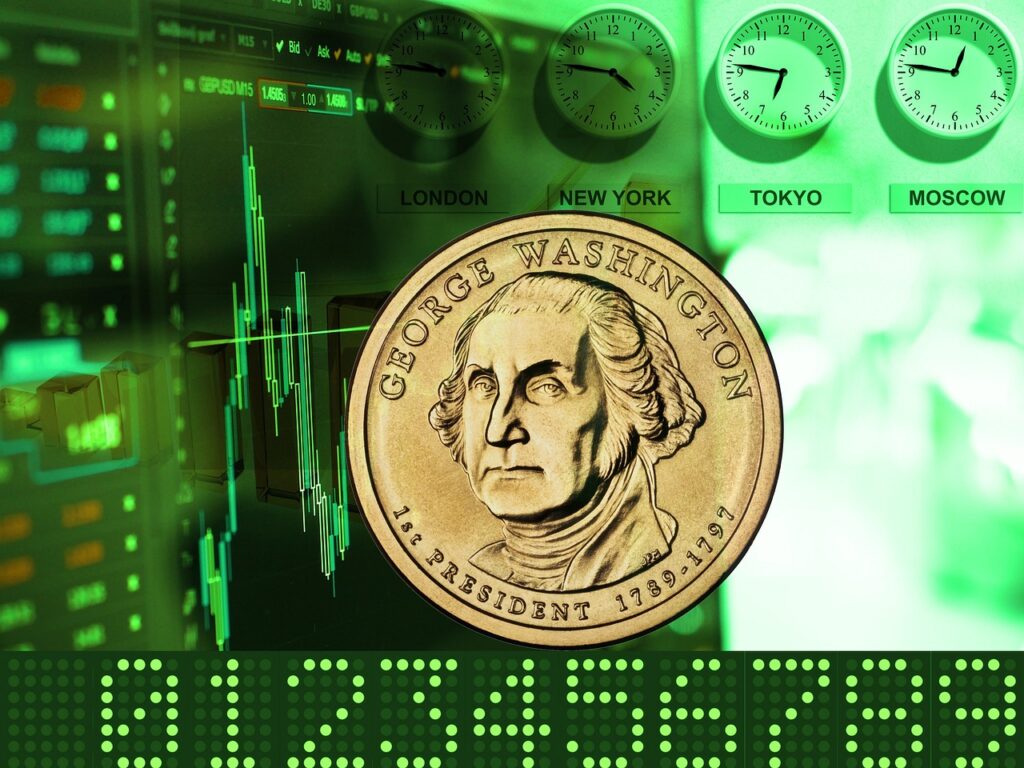Copper investing has gained attention due to its essential role in industries like construction, electronics, and renewable energy. Investors often consider copper a valuable asset because its demand tends to rise with economic growth and technological advancements.
The metal’s supply is limited by mining capacity and geopolitical factors, which can create price fluctuations and opportunities for profit. Understanding these dynamics is crucial for anyone looking to add copper to their portfolio.
By exploring market trends, production challenges, and investment options, readers can gain insight into how copper fits into a diversified investment strategy.
Fundamentals of Copper Investing
Copper is a widely used industrial metal with diverse applications. Its market value depends on demand, supply factors, and investment choices available to investors.
Understanding Copper as a Commodity
Copper is a base metal essential to construction, electronics, and manufacturing. It conducts electricity efficiently, making it vital for power systems and wiring.
The metal’s price is influenced by global economic health. Emerging technologies like electric vehicles also boost copper demand.
Copper is traded on major exchanges such as the London Metal Exchange (LME) and COMEX. Its spot price reflects real-time supply and demand changes worldwide.
Key Drivers of Copper Demand and Supply
Demand for copper grows with industrial expansion, especially in China and developing nations. Infrastructure development and renewable energy projects heavily rely on copper.
Supply is affected by mining production, geopolitical factors, and ore quality. Mining output can be disrupted by labor strikes or environmental regulations.
Recycling contributes significantly, accounting for about 30% of the copper supply. However, new copper deposits are costly and time-consuming to develop.
Types of Copper Investment Vehicles
Investors can access copper through physical ownership, such as owning copper bars or coins. This requires secure storage and can have liquidity issues.
Copper futures contracts allow trading based on agreed-upon prices at future dates. These are leveraged instruments best suited for experienced traders.
Exchange-traded funds (ETFs) and mutual funds offer exposure without physical handling. They track copper prices or copper-related company stocks.
Investing in mining stocks offers indirect exposure. Company performance depends on copper prices and operational factors in mining.
Strategies and Market Analysis
Copper investing demands understanding both the potential rewards and pitfalls. Careful study of price trends and financial vehicles enhances decision-making for investors aiming to profit from this base metal.
Benefits and Risks of Investing in Copper
Copper offers several benefits, including strong demand from industries like construction, electronics, and electric vehicles. Its essential role in green energy infrastructure supports long-term growth potential.
However, copper prices can be volatile due to geopolitical events, supply disruptions, and changes in global demand. Mining regulations and environmental policies also impact supply costs and availability.
Investors must balance copper’s growth prospects with risks like price swings and the cyclical nature of commodity markets. Diversification and timing are critical to managing these risks effectively.
Analyzing Copper Price Trends
Copper prices reflect global economic activity, especially in manufacturing and infrastructure development. Tracking indicators such as industrial output, especially in China, helps predict demand shifts.
Historical price data and futures market behavior reveal patterns of seasonality and responses to macroeconomic events. Supply shocks, like strikes or production cuts, often trigger rapid price changes.
Price charts combined with fundamental data provide a clearer picture of copper’s market dynamics. Monitoring inventories and trade data from key ports aids in short-term price forecasting.
How to Evaluate Copper Stocks and ETFs
When selecting copper stocks, factors like mining company reserves, production costs, and geopolitical risk must be examined. Companies with stable cash flow and diversified operations reduce individual mine risk.
ETFs offer a more accessible way to invest in copper without direct exposure to mining company risks. Popular copper ETFs track copper futures prices or hold shares of multiple mining firms.
Key metrics for both include expense ratios, liquidity, and correlation with copper prices. Investors should compare ETF holdings and underlying assets to ensure alignment with their risk tolerance and investment goals.


